Trans Tape: A Comprehensive Guide For FTM
For many transgender individuals, the journey towards aligning their physical appearance with their true gender identity is a complex and important one. One product that has gained popularity among trans-masculine individuals is Trans Tape, a safe and effective method for chest binding.

In this comprehensive guide, we will explore what Trans Tape is, who benefits from using it, how to select the right type based on your breast size, and the proper techniques for application and removal.
We will also discuss some of the disadvantages of using Trans Tape compared to chest binders, along with a few essential things to avoid.
Finally, we’ll point you in the right direction for purchasing Trans Tape.
What Is Trans Tape?
Trans Tape is a specialized adhesive tape designed for trans-masculine individuals seeking to flatten their chest, presenting a more masculine appearance.
It serves as an alternative to traditional chest binders and is favored by those who desire a more discreet and comfortable binding solution.
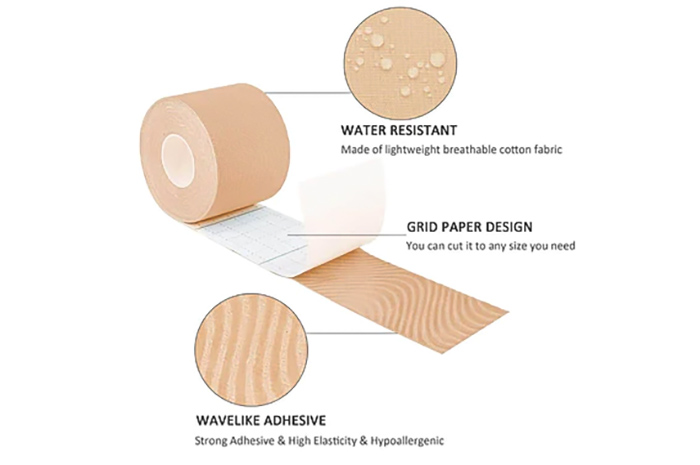
Trans Tape is a valuable tool for transgender men, non-binary individuals, and genderqueer people, helping them alleviate gender dysphoria by concealing their breasts.
It offers a versatile, customizable option, allowing users to achieve the level of compression and comfort they need based on their chest size.
Whether someone has a small, medium, or large chest, Trans Tape offers a suitable solution for chest binding, making it an accessible and inclusive choice for those on their gender-affirming journey.
How To Choose the Right Trans Tape?
Selecting the right Trans Tape is crucial in ensuring a comfortable and effective chest binding experience.
When choosing Trans Tape, consider factors beyond breast size, as this product caters to a diverse range of bodies.
Look for Trans Tape that is designed to be skin-friendly, hypoallergenic, and breathable.
It should have a gentle adhesive that securely holds in place while minimizing the risk of irritation or skin damage.

Assess the thickness and flexibility of the tape, as this impacts your comfort and freedom of movement.
Thinner tapes are generally more comfortable, while thicker ones offer extra compression.
The transparency of the tape might also be a consideration for individuals who prefer a discreet binding solution.
The right Trans Tape should align with your preferences, needs, and comfort levels.
Whether you prioritize comfort, discretion, or support, choosing the most suitable Trans Tape ensures that you confidently and comfortably express your gender identity.
According To Breast Size
When choosing the right Trans Tape, it’s essential to consider your breast size as a primary factor.
Trans Tape is available in various thicknesses and widths to accommodate trans-masculine individuals’ diversity of body types.
- Small to Medium: If you have a smaller chest, opting for a thinner Trans Tape is recommended. Thinner tapes offer effective binding while ensuring comfort. They provide the necessary support without feeling overly restrictive.

- Medium to Large: For medium-sized chests, choosing slightly thicker Trans Tape strikes the right balance between support and comfort. These tapes provide adequate compression without compromising your well-being.
- Large: Individuals with larger chests should opt for thicker Trans Tape with added support. These tapes are designed to provide the necessary compression to achieve the desired flatness while ensuring your comfort throughout the day.
Selecting Trans Tape based on your breast size lets you personalize your chest binding experience.
It ensures you achieve the desired compression level without sacrificing comfort or safety.
How To Properly Use Trans Tape
Properly using Trans Tape is essential for achieving a comfortable and effective chest binding experience.
It’s a valuable tool for trans-masculine individuals who wish to minimize the appearance of their breasts, offering a discreet and versatile alternative to traditional chest binders.

It’s crucial to understand the correct techniques for application and removal to make the most of Trans Tape.
This ensures your desired appearance and safeguards your skin’s health.
To achieve the best results and ensure your safety while using Trans Tape, it’s crucial to follow the proper application and removal procedures.
Here’s a step-by-step guide:
Start With Clear And Clean Body And Breast Skin
Before applying Trans Tape, ensure your chest and body are clean and dry.
Avoid applying lotion or oils, which may affect the tape’s adhesion.

Studio shot of an unrecognizable young woman covering her breasts while posing against a grey background
Before Applying Trans Tape, Cover Your Nipples With Something First
To prevent discomfort and potential irritation, cover your nipples with medical tape or a cotton pad before applying Trans Tape.

Keep Both Edges Of The Trans Tape Slack When Applying
Apply Trans Tape in a manner that allows you to breathe comfortably.
Avoid pulling it too tightly, which could lead to discomfort or skin damage.
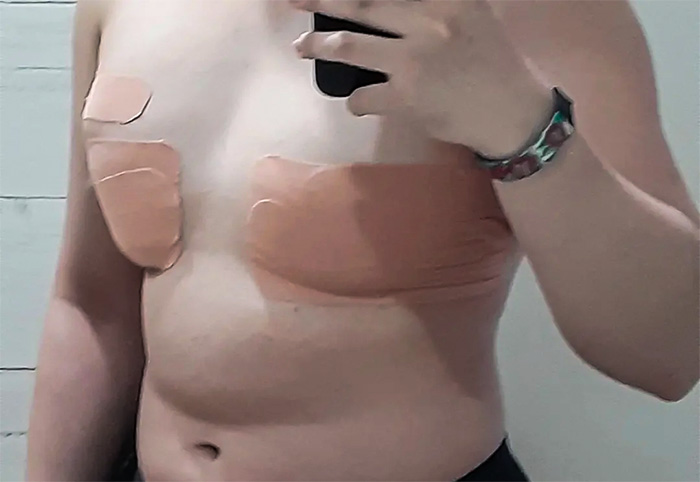
Ensure That The Ends Of The Trans Tape Have About 5 mm Of Skin Contact
Leaving a small gap at the tape’s ends provides binding flexibility and comfort.
To Remove The Trans Tape, Cover It With Oil
When it’s time to remove Trans Tape, apply a generous amount of oil to help loosen the adhesive.
Gently peel the tape away from your skin to avoid discomfort or irritation.
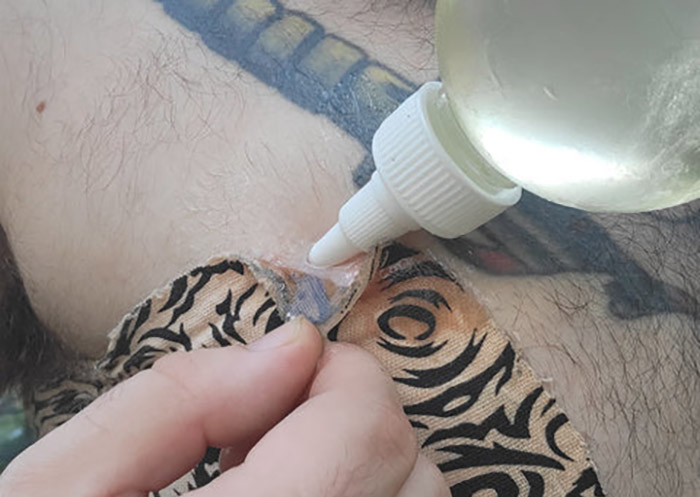
Disadvantages Of Using Trans Tape Instead of a Chest Binder
While Trans Tape offers an effective and versatile chest binding solution, it’s important to be aware of its potential disadvantages, particularly when compared to traditional chest binders (check out this chest binder).
Damage To The Skin
Prolonged or improper use of Trans Tape results in skin damage, including irritation, blisters, or abrasions.
This is a concern for individuals who may be sensitive to adhesive materials.
It’s crucial to follow the recommended guidelines for usage to minimize the risk of skin issues.

Initial Itching
When first using Trans Tape, some individuals may experience itching until they become accustomed to wearing it.
This initial discomfort tends to subside as you adapt to the sensation of binding with tape.
Pulling Out Chest Hair
During removal, there is a risk of pulling out chest hair, which is uncomfortable and sometimes painful.
Careful and gentle removal helps mitigate this issue.
Despite these disadvantages, many find that the benefits of Trans Tape, such as its flexibility and comfort, make it a worthwhile choice for chest binding.
It’s essential to weigh these potential drawbacks against your personal preferences and needs.

7 Things to Avoid with Trans Tape
To ensure your safety and comfort while using Trans Tape, here are seven essential things to avoid:
1. Avoid Putting the Trans Tape All the Way Around Your Back and Your Chest:
Do not wrap the tape around your entire torso.
This restricts your ability to breathe and move comfortably.
2. Avoid Touching the Sticky Part:
Handling the adhesive side of Trans Tape reduces its effectiveness.
Use clean hands and avoid contact with dirt or debris.
3. Don’t Use the Ace Type of Bandages, Duct Tape, or Plastic Wrap:
These alternative materials are harsh on your skin, causing discomfort and potential skin damage.
Stick to the recommended Trans Tape product.
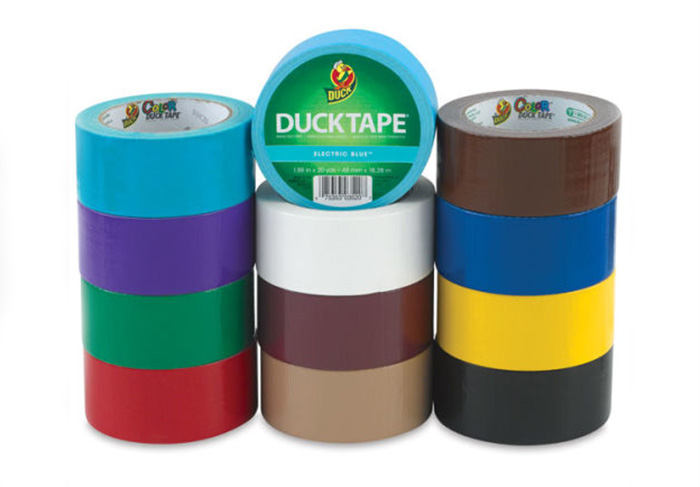
4. Don’t Bind for Longer Than 8-12 Hours:
Prolonged binding leads to health issues and skin problems.
Remove the tape after a reasonable period and give your body a break.
5. Don’t Bind Too Often:
Overusing Trans Tape results in skin irritation.
Follow the recommended frequency for binding to protect your skin’s health.
6. Don’t Wear Trans Tapes That Are Too Small for You:
Choosing the right size is essential for effectiveness and comfort.
Don’t compromise on the tape’s size.
7. Avoid Binding During Heavy Physical Activities:
Engaging in strenuous physical activities while binding leads to discomfort and potential harm.
It’s best to limit intense physical exertion while using Trans Tape.
Where To Buy Trans Tape
When it comes to purchasing Trans Tape, there are several reputable options to explore.
Many online retailers and specialized transgender supply shops offer this unique product.
It’s advisable to source Trans Tape from trusted and well-established vendors to ensure product quality and safety.
Some medical supply stores may carry Trans Tape, providing an in-person shopping option.
When searching for Trans Tape, consider reading reviews and seeking recommendations from the transgender community or healthcare professionals to ensure you make an informed choice.
It’s essential to choose a reliable source that provides genuine Trans Tape to avoid counterfeit or subpar imitations that may not meet safety standards.

Some vendors may offer a variety of Trans Tape types to cater to different preferences and needs.
Before making a purchase, take the time to research and select a supplier that aligns with your requirements, making your gender-affirming journey as comfortable and secure as possible.
Conclusion
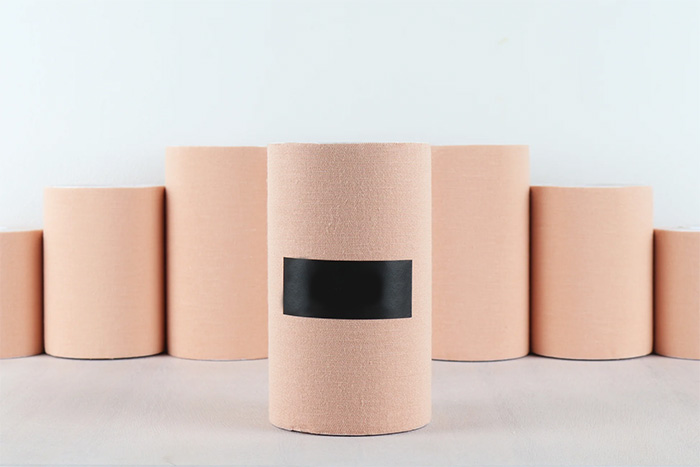
Trans Tape is a valuable tool for trans-masculine individuals who seek a comfortable and effective method for chest binding.
By selecting the right type based on your breast size, following proper application and removal techniques, and being aware of the disadvantages and things to avoid, you enhance your experience with Trans Tape.
Remember that every individual’s body is different, so it’s essential to prioritize your comfort, safety, and health throughout your gender-affirming journey.
If you have any doubts or concerns, consult with a healthcare professional or an experienced member of the transgender community who provides guidance and support.

 Basic Packers
Basic Packers Pack & Play
Pack & Play STP
STP